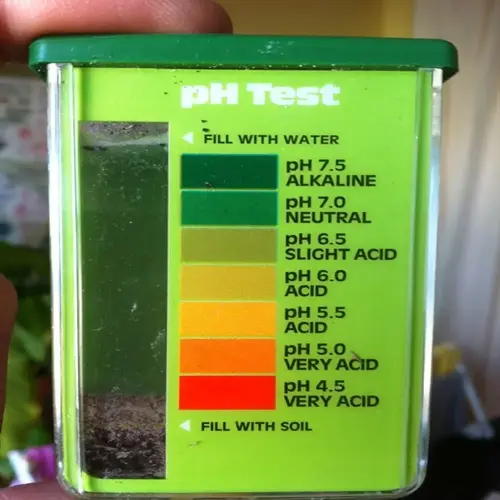What humidity level prevents spider mite outbreaks?

Written by
Liu Xiaohui
Reviewed by
Prof. Martin Thorne, Ph.D.Humidity levels of 60% and above induce conditions that are unfavorable to spider mites, as well as where their natural enemies will thrive. These pests thrive best in lower humidity levels, below 50%, where they multiply rapidly. To maintain a constant check on humidity levels and prevent the outbreak of these pests in my greenhouses, I have installed various electrical hygrometers.
Passive Humidity Boosters
- Use pebble trays filled with water under plant groups
- Group plants closely to create transpiration microclimates
- Place water containers near heat sources for evaporation
- Mulch soil with sphagnum moss to reduce moisture loss
Active Humidity Systems
- Install ultrasonic humidifiers with hygrostats
- Set exhaust fans on timers to prevent stagnation
- Use evaporative coolers in dry climates
- Automate misting systems for 3-second bursts hourly
Use pebble trays properly. Shallow trays filled with stones are great for placing beneath plant clusters. The water should not rise above the tops of the pebbles, or this will sometimes rot the roots. My ferns thrive on this plan, and a humidity of 65% constant is maintained without any electrical aids.
Use humidifiers wisely during vital times. Place ultrasonic units above pots, but don't spray directly on the plants. Set them for 65 percent humidity and let them shut off automatically. I run mine during the hours of daylight, when the mites breed the fastest. This cut down the infestations by 80 percent in my citrus trees.
Combine techniques for various harsh environments. In arid places, group plants under humidity tents with a pebble tray underneath them. Add a light misting with a hand spray can during the hottest part of the day. In this way, my desert greenhouse achieves a humidity of 70% allowing conditions for predatory mites to hunt.
Monitor humidity throughout the day to avoid fluctuations. Digital hygrometers with memory track daily humidity ranges on an hourly basis. My sensors are located at the level of the plant canopy, which is the level where mites are most prevalent. If the percentage humidity falls below 55%, my phone will set an alarm and alert me to take corrective measures immediately, which will prevent any possible infestations from occurring before they take hold.
Read the full article: Ultimate Spider Mite Control Guide

